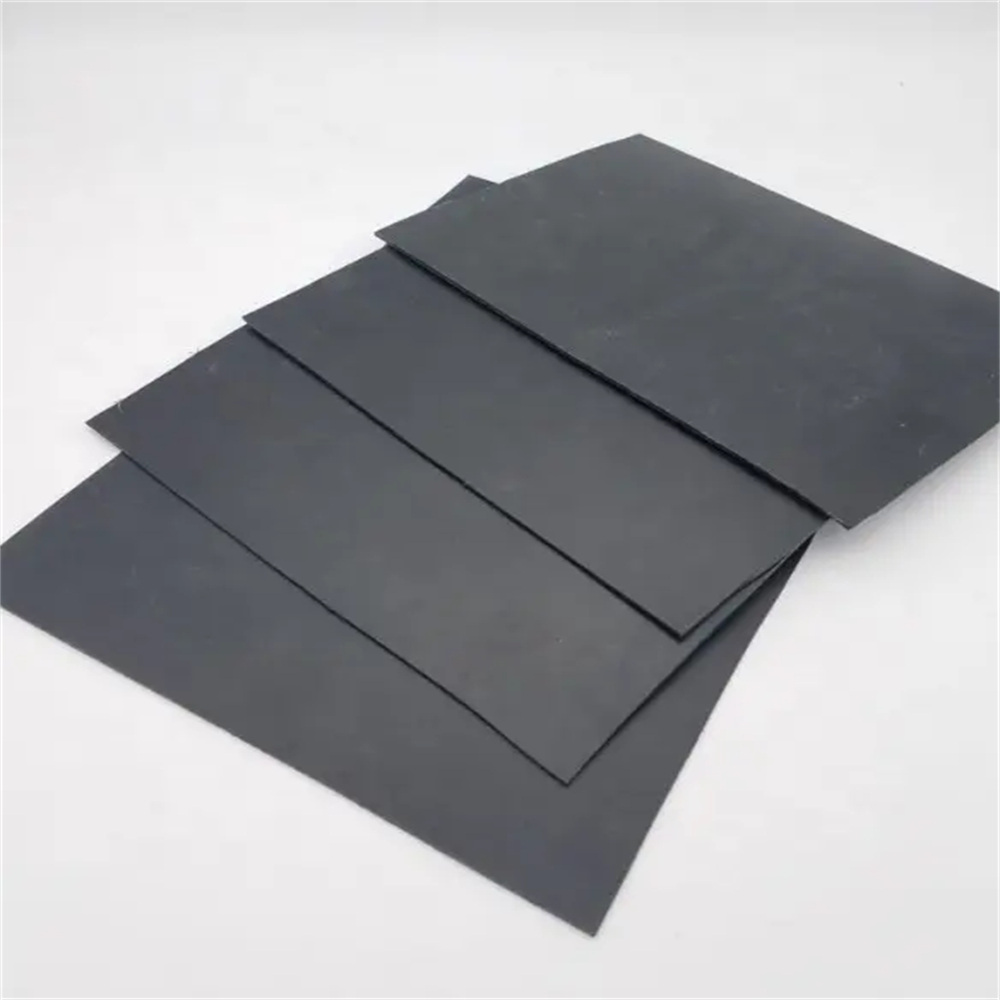Geomembranes are usually made of polymeric materials. Common geomembrane materials include polyethylene (Polyethylene), polypropylene (Polypropylene), polyvinyl chloride (Polyvinyl Chloride), polyester (Polyester) and so on.

What are the performance characteristics of geomembrane?
Chemical corrosion resistance: Geomembrane materials often have strong chemical corrosion resistance, and can resist the erosion effects of acidic and alkaline substances in the soil, salt water, etc.
Weather resistance: geomembrane materials usually have good weather resistance, can resist the influence of external environmental factors such as sunlight, oxidation, ultraviolet rays, and have a long service life.
High strength and tensile properties: Geomembrane materials usually have high strength and tensile properties, can withstand large mechanical stress and tensile force, and maintain stability in engineering.
Good permeability or anti-seepage: According to specific needs, geomembrane materials can have different permeability or anti-seepage. Certain geomembrane materials act as a waterproof layer, preventing moisture from penetrating, while others provide better permeability, allowing moisture and gases to pass through.
The specific manufacturing process of geomembrane involves the processing and molding of materials, and is generally prepared by extrusion, stretching, calendering, heat sealing and other processes. After being made into a geomembrane, it can be used in engineering applications such as waterproofing, isolation, filtration, reinforcement, etc., such as water conservancy projects, roads, dams, sewage treatment and other fields.

Four welding methods of geomembrane
Hot melt welding: Hot melt welding is one of the most commonly used geomembrane welding methods. By using a special hot air gun or hot air gun, the joint part of the geomembrane is heated to a molten state, and quickly bonded and solidified to form a strong weld. This method is suitable for hot-melt plastic materials such as polyethylene (PE) and polypropylene (PP).
Hot gas welding: Hot gas welding is also one of the commonly used geomembrane welding methods. It is similar to hot melt welding, but uses a hot air welding machine with a hot air nozzle. By heating the geomembrane and applying a certain pressure, the joint surface is heated at high temperature to melt it and form a weld. Hot-air welding is usually suitable for materials such as polyvinyl chloride (PVC).
Ultrasonic welding: Ultrasonic welding is a method of using high-frequency vibration mechanical energy to heat and melt the joint part of the geomembrane to achieve bonding. Ultrasonic vibrations generate heat in the joint area, melting the material and forming a weld. Ultrasonic welding is usually applied to plastic geomembrane materials.
Electrothermal welding: Electrothermal welding is a welding method in which geomembrane is heated and solidified using electric tools or electric buried plates. A heating plate is placed on the joint part of the geomembrane, the contact surface is heated by the heating plate, and the joint is pressed together to form a weld and cure.

